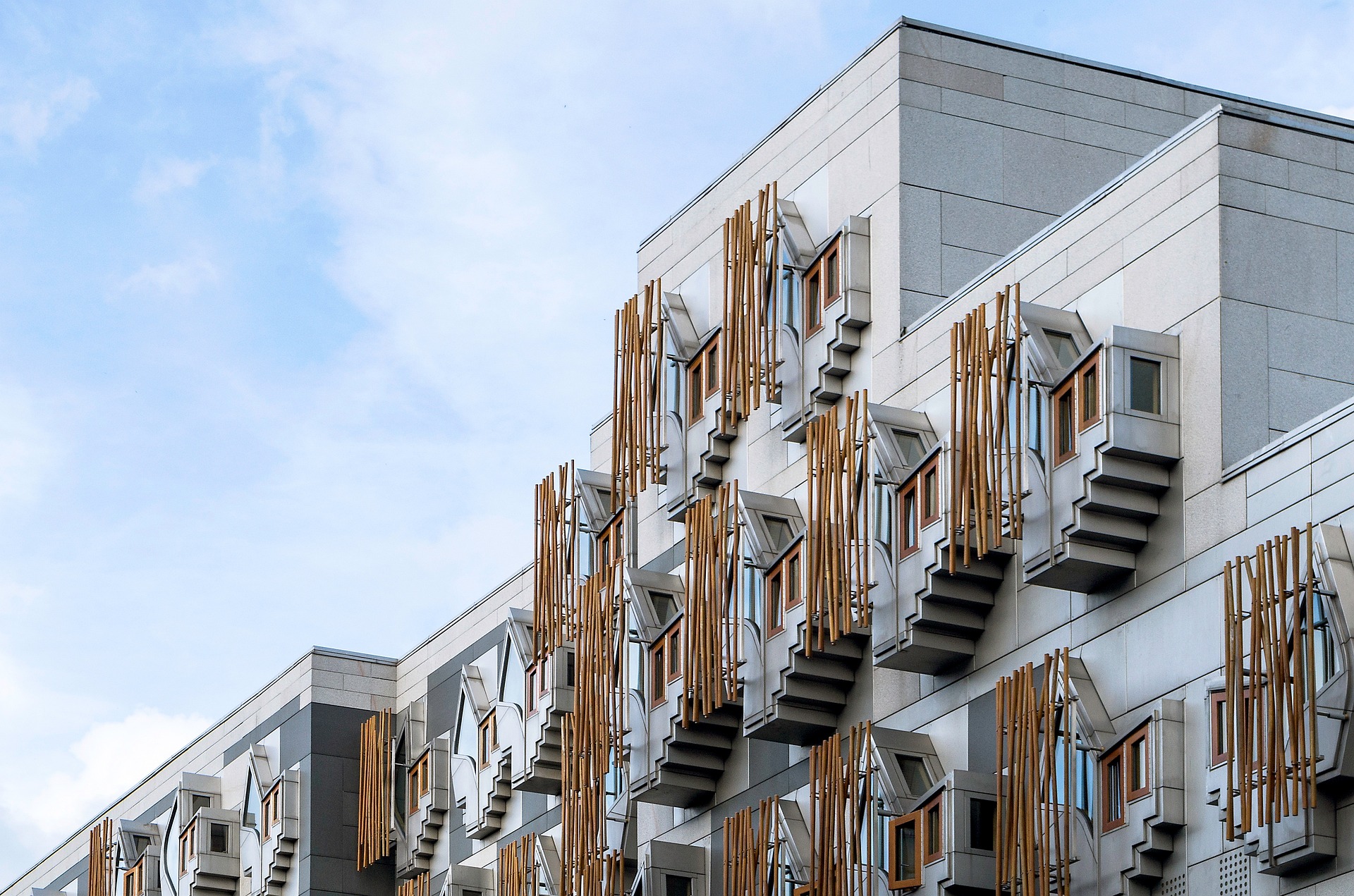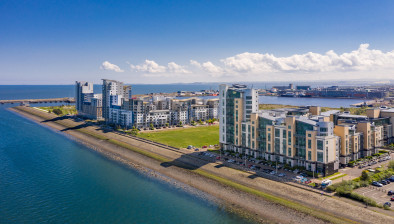Rent controls at heart of reform as Housing Bill passes into law

The Scottish Parliament has passed the Housing (Scotland) Bill in a landmark vote that will reshape the nation’s rented housing sector and embed new duties around homelessness prevention.
Passed by 89 votes to 28 after MSPs debated around 400 amendments at the bill’s final stage, the wide-ranging legislation introduces a framework for long-term rent controls, alongside provisions on tenant protections, homelessness duties, and the implementation of ‘Awaab’s Law’ to tackle damp and mould.
Rent controls
Under the bill, ministers will be able to designate parts of the country as Rent Control Areas. Expected to be introduced by 2027, landlords within these zones may only increase rents in line with inflation (as measured under the Consumer Price Index) plus one percentage point, capped at 6% per year.
After a change announced in recent weeks, the system will not apply to mid-market rent, build-to-rent properties, or student accommodation, with ministers arguing that blanket controls risk suppressing much-needed housing investment. In some cases, rents will be allowed to be increased above the rent cap.
Temporary rent freezes, introduced during the pandemic and extended during the cost-of-living crisis, lapsed earlier this year. The new bill marks the first step towards a permanent framework, though many of the details will be set out in secondary legislation.
‘Awaab’s Law’ and other measures
The bill will also broaden ministers’ powers to implement ‘Awaab’s Law’, which will ensure landlords promptly address issues that are hazardous to tenants’ health, starting with damp and mould.
The legal measure was named after Awaab Ishak, who died in 2020 after being exposed to mould in his home in Rochdale in north west England. The law will now be implemented in Scotland’s rented sector from March 2026, subject to Parliament’s agreement.
Thanks to an amendment put forward by the Scottish Greens, the cap for councils to increase Council Tax on second and empty homes has been removed.
According to the party, the current doubling of the extra charge paid when buying additional properties and doubling Council Tax on second homes has already resulted in the number of second/holiday homes across Scotland decreasing by 2500 in a single year.
Allowing Council Tax to be raised on second and empty homes without a cap will free up more properties for young people and families in need of a permanent home in communities such as these, the Greens argued.
Other measures in the bill include changes to the way damages for unlawful eviction are calculated, and new rights for private and social housing tenants to request to keep a pet, while private housing tenants are to be allowed to make changes to the property they are renting.
The bill will also update the definition of domestic abuse in housing legislation and force social landlords to set out a policy to support tenants at risk of homelessness because of domestic abuse.
Under the legislation, courts will have to consider whether to delay when an eviction is carried out.
New provisions will also allow the government to use unclaimed deposits to fund support for private tenants, and enable a single joint tenant to end a joint tenancy.
Reactions
Scottish Property Federation (SPF) interim director Robin Blacklock said the debate had already created damaging uncertainty and stalled investment.
“There are clear lessons for the future, especially the need to work closely with industry to avoid the disruption as seen in the early stages of this bill,” he warned. “However, we welcome the recent shift in approach by the Scottish Government and the recognition of the vital role that the private sector must play in tackling Scotland’s housing emergency.”
Robin added: “The passing of the bill must be the start of a new approach, and we need to see tangible action.
“Despite the prolonged period of uncertainty, we have found a balance between attracting investment and protecting residents: inflationary linked uplifts in Rent Control Areas protects tenants with the CPI+1% mechanism capped at 6%; while the exemptions from rent controls for the Build to Rent sector and mid-market rent housing recognise the need for large-scale investment into the sector.
“While we are moving towards a position which will see investment returning and new homes being built, we now urge the Scottish Government to finalise the detail of the secondary legislation to create a solid base for this investment. We also call on the government to commence the process of collecting and collating robust data on the rental market to avoid failures of the past and to ensure the credibility and efficacy of the now-enacted legislation into the future.”
“While the CPI+1% model capped at 6% offers a more balanced mechanism, the exemptions for Build to Rent and mid-market homes are crucial to attracting investment. The government must now act quickly to finalise secondary legislation and collect robust market data.”
Scottish Land & Estates (SLE) welcomed the recognition of rural challenges but warned against “overregulation” that could push landlords out of fragile rural markets. Senior policy adviser Anna Gardiner urged a rural impact assessment before the measures are rolled out.
“A proportionate and flexible approach to the private rented sector is essential to maintain both strong tenant protections and a sustainable supply of homes, particularly in rural areas where the market is already fragile,” she added. “We believe more should be done to secure a sustainable, fair, and resilient private rented sector that meets the needs of both tenants and landlords throughout Scotland.”
Visit our sister publication, Scottish Housing News, for more analysis on the Housing (Scotland) Bill and further industry reactions.








